Embark on the thrilling expedition of website optimization – the bedrock of digital prominence ?. It’s the artful practice of enhancing your site’s visibility, speed, user experience, and conversion rates. Take a leaf from two specific niches:
- E-commerce – optimizing landing pages, refining checkout processes, and leveraging real-time analytics for informed decisions.
- Blogging – optimizing meta tags, improving readability, and keeping bounce rates in check.
To sail smoothly on the website optimization voyage, arm yourself with indispensable tools. Plerdy, for instance, is a top-tier solution—shedding light on user behavior, pinpointing flaws, and offering actionable insights to fine-tune your online presence ?️. Tailor your website to dazzle visitors and entice Google’s algorithms without uttering the phrase “SEO”. Remember, it’s all about creating stellar, valuable content that resonates with your audience. Wrap this into a cohesive, user-friendly package, and watch as your website’s performance accelerates to unparalleled levels. Jump on board and ride the wave of website optimization. Let’s set the sails with Plerdy today!
What Is Website Optimization?
Website optimization—a critical facet of a successful digital strategy—embraces multiple disciplines aimed at enhancing your online presence. It’s not simply about making your website visually appealing but also ensuring that it functions smoothly and delivers an outstanding user experience. From the lightning-fast load times to an intuitive interface, every detail matters. Here’s a snapshot of what website optimization encompasses:
- Streamlining user navigation
- Tailoring content to audience preferences
- Accelerating page loading speed
- Ensuring mobile compatibility
Take the travel industry, for example. A globe-trotter visiting a travel blog expects high-quality images, easily accessible information, and seamless navigation across various destinations. In the eCommerce sector, a clothing brand’s website needs to load product pages swiftly, offer simple navigation, and provide tailored content to different shopper demographics. In essence, website optimization is a broad canvas, balancing visual appeal, functionality, and user-centricity to create an online platform that doesn’t just exist—it thrives.
The Importance of Website Optimization
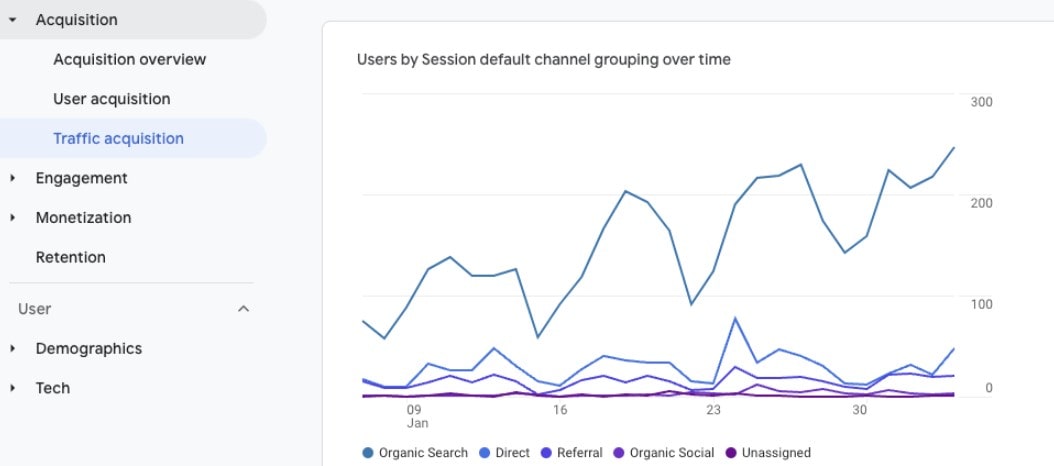
Harnessing the power of website optimization propels businesses towards digital success. This strategy tailors not only how your website appears but also how it operates—making it a potent tool in any marketer’s arsenal.
Consider a popular online retailer. An optimized website swiftly guides the user from the homepage to product pages and finally to checkout, minimizing drop-offs. High-quality content paired with fast load times and easy navigation makes for a satisfying user journey—increasing the chances of return visits and conversions.
Or take an online health portal. Such a platform needs a website optimized for clarity and ease of use. Essential health information should be accessible with a few simple clicks, while expert articles and advice should be easy to find and read. By tailoring the content and layout to the user, the portal becomes more than just an information hub—it becomes a trusted health companion.
Effective website optimization strategies include:
- Prioritizing user experience design
- Accelerating load times
- Optimizing content for relevance and readability
- Incorporating responsive design for mobile compatibility
In the digital age, attention spans are short. Users demand information at lightning speed, and patience for slow-loading, hard-to-navigate websites has dwindled. A well-optimized website is like a well-oiled machine—each part, from its content to its user interface, works seamlessly together to deliver the desired results.
The restaurant industry provides another excellent example. A well-optimized restaurant website should include high-resolution food images, concise menu descriptions, online reservation capabilities, and easy-to-find location details. This blend of optimized content and user-friendly design can differentiate between a packed house and empty tables.
In the broad scope of digital marketing, website optimization might seem like just one piece of the puzzle. But make no mistake, it’s a cornerstone—supporting and enhancing all other digital strategies. It’s about making your website not just a digital billboard but a destination that users find engaging, informative, and above all, user-friendly. An optimized website isn’t just an asset—it’s a necessity.
Benefits Of Website Optimization
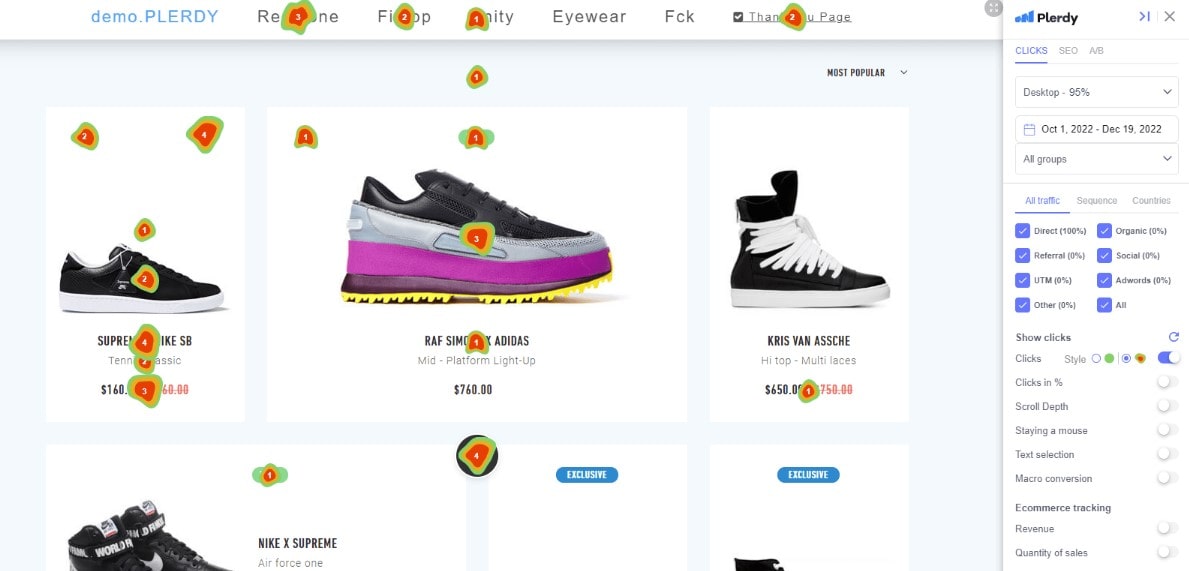
Harness the power of Plerdy tools and take your website optimization to a stellar level. Embrace the advantages of optimization – increased visibility, improved user experience, and potential conversion growth.
Plerdy’s comprehensive suite offers tools for various tasks:
- Heatmap Analytics, allowing e-commerce websites to visualize user behavior.
- Event Tracking, enabling SaaS platforms to monitor user interactions.
- Conversion Funnels, assisting blogs in understanding their visitor paths.
With Plerdy, you have data on a silver platter. Heatmap analytics provides a clear picture of user behavior on your e-commerce website. Spot areas of high user activity, identify roadblocks and fine-tune them for optimal performance.
For SaaS platforms, event tracking becomes a breeze. Track user interactions in real-time, get insights into user actions and make informed decisions to enhance usability.
Blogs also benefit by understanding their visitor paths through conversion funnels. Figure out where visitors drop off, refine your content strategy, and keep your audience engaged, boosting retention rates.
With optimization using Plerdy tools, you can turn your website into a powerful magnet for your audience – attracting visitors and compelling them to stay, explore, and take action. It’s not just about visibility but creating a superior user experience that turns visitors into loyal customers. Ultimately, your website is not just an online presence but a key to driving your business forward.
Search Engine Optimization (SEO)

Search Engine Optimization (SEO)—the lynchpin of effective website optimization—significantly boosts your website’s visibility in search engine results. From a fashion blog to a technical support website, well-executed SEO strategies can skyrocket your reach and establish your digital presence firmly.
Take, for instance, an online tech magazine. With a well-oiled SEO strategy, your articles can rank in search engine results for terms like “latest tech trends” or “gadget reviews.” This prominence increases visibility, inviting more users to click through to your content. It’s a digital domino effect—high-quality content coupled with expert SEO results in higher search rankings, which in turn leads to increased website traffic and user engagement.
Key strategies to enhance SEO include:
- Creating engaging, high-quality content
- Integrating relevant keywords
- Incorporating backlinks to boost credibility
- Optimizing meta descriptions and tags
In the bustling realm of e-commerce, SEO can be a game-changer. Let’s say you run an online boutique for artisanal crafts. With SEO, your website can appear at the top of SERP for terms like “handmade wooden toys” or “organic beauty products.” This increased visibility can translate directly into more clicks, sales, and, ultimately, satisfied customers.
SEO becomes a powerful tool for an educational platform offering online courses to stand out in an increasingly competitive digital learning landscape. With optimized content—course descriptions, instructor profiles, student testimonials—your site can reach the top of search results for queries like “best online coding course” or “digital marketing certification.”
Ultimately, SEO serves as a beacon in the crowded digital ocean, guiding users to your website with the promise of relevant, high-quality content. While it’s a component of website optimization, it’s a giant leap towards establishing a strong digital foothold—enhancing visibility, driving traffic, and creating user engagement and conversion opportunities. SEO isn’t just an optimization strategy—it’s a route to digital success.
Mobile Optimization
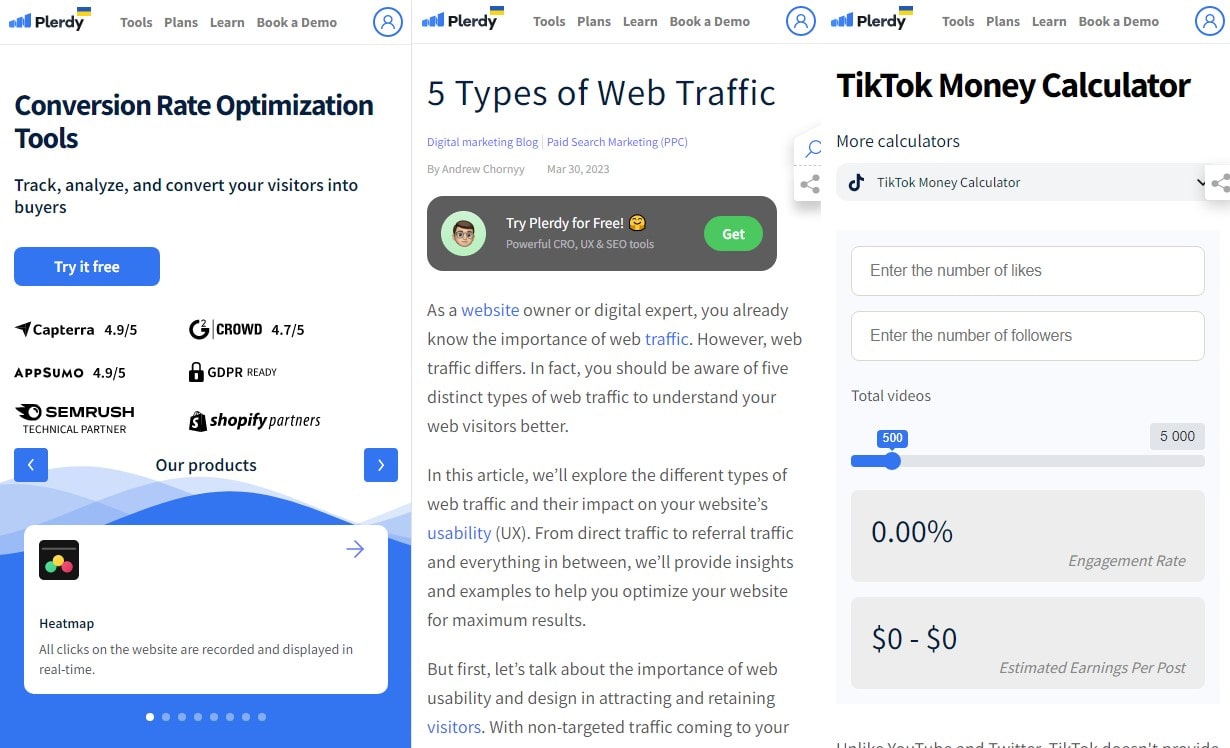
With the digital landscape transitioning increasingly towards mobile, mobile optimization of your website isn’t an option—it’s a must. Whether you’re running an online restaurant reservation platform or a digital marketing agency, ensuring your website shines on small screens will enhance user engagement and satisfaction.
Consider a bustling food delivery service. If customers find it cumbersome to navigate your website or place an order from their smartphone, they’re likely to abandon their cart and turn to a competitor. Mobile optimization allows for an effortless, thumb-friendly experience that keeps your users coming back for more.
Critical facets of mobile optimization include:
- Ensuring responsive design
- Compressing images for faster load times
- Optimizing navigation for touch screens
- Making content easily readable on small screens
In the realm of online news portals, mobile optimization ensures users can swiftly swipe through breaking news, view eye-catching images, and share stories on their social channels—all from the palm of their hand. It turns the user’s smartphone into a pocket-sized news kiosk, accessible anytime, anywhere.
For an e-learning platform, mobile optimization can transform the learning experience. Students can easily navigate courses, participate in interactive quizzes, and watch instructional videos from their mobile devices. It offers learning on the go, making education truly borderless.
In the digital health space, an optimized mobile website enables users to book appointments, engage in teleconsultations, and access health resources with a few taps on their screen. It brings healthcare to their fingertips, making it more accessible than ever.
Regarding website optimization, mobile optimization is an essential thread in the fabric of a successful marketing strategy. It’s about leveraging the power of smartphones to deliver a satisfying, user-centric experience. Mobile optimization doesn’t merely resize your website for smaller screens—it reshapes the user’s digital journey, ensuring it’s as smooth and seamless as possible. It’s not just about staying relevant in the mobile age—it’s about thriving.
User Experience (UX) Optimization
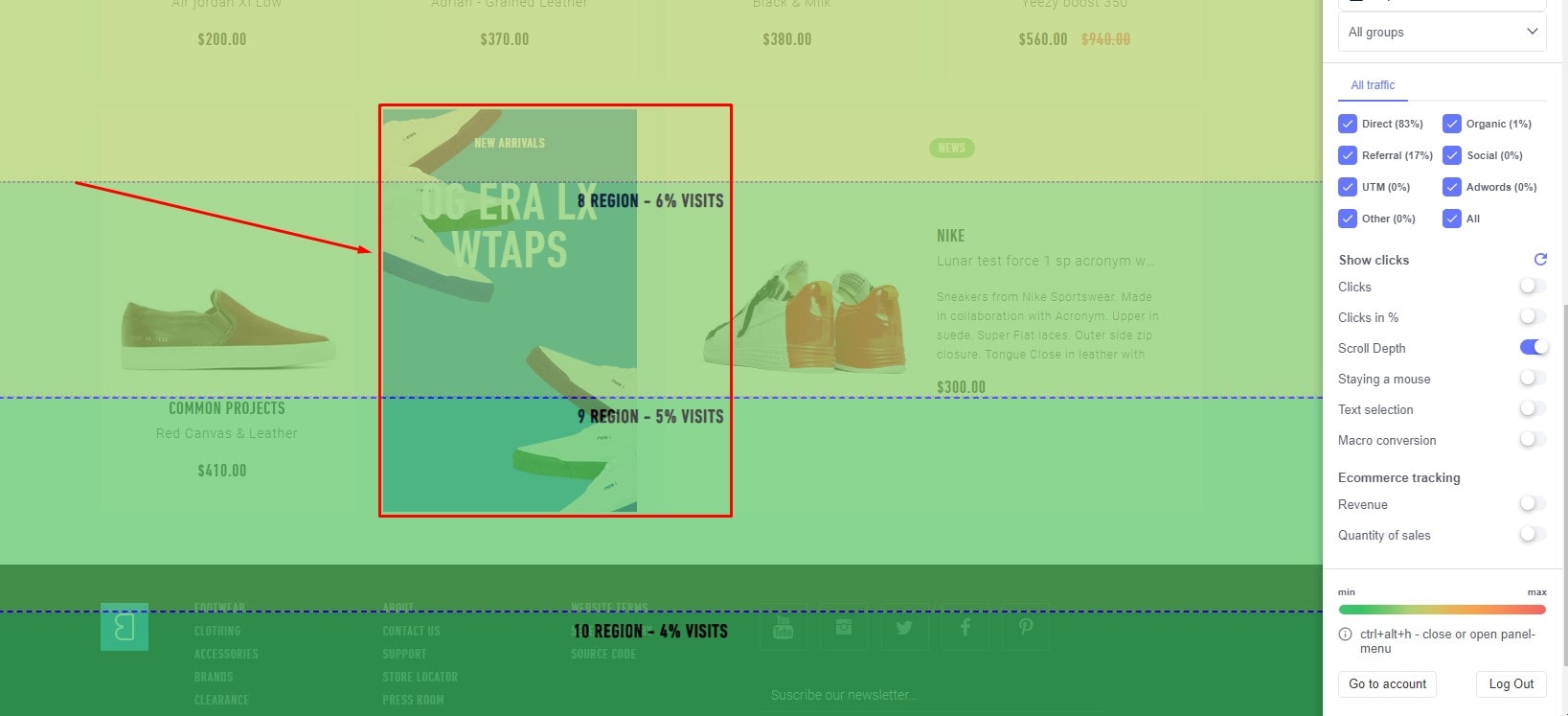
User Experience (UX) Optimization takes the spotlight in the digital theater of website optimization. It’s a delicate dance between design, functionality, and user behavior, with the goal of providing a smooth, satisfying journey for your website visitors.
Imagine an online art gallery. Without a carefully crafted UX, users might struggle to navigate through collections, find artist information, or make a purchase. With UX optimization, the website becomes a virtual art tour—intuitive, informative, and inviting, turning casual browsers into passionate patrons.
Key aspects of UX optimization with Plerdy tools include:
- Streamlining navigation for effortless browsing
- Making CTAs clear and compelling
- Ensuring compatibility across different devices
- Minimizing load times for an uninterrupted journey
Now, consider an online fitness platform. A well-optimized UX can make users feel as if they have a personal trainer right beside them. Easy access to workout schedules, clear instructions for each exercise, real-time performance tracking—all these elements come together to create a rich, rewarding user experience.
For an e-commerce platform specializing in custom jewelry, UX optimization could mean the difference between a window-shopper and a loyal customer. Clear product images, detailed descriptions, smooth checkout processes, and personalized recommendations—all these enhance the user journey, encouraging users to click that “buy now” button.
UX optimization is an essential element of website optimization—think of it as the conductor of a digital symphony, ensuring each note (or webpage) flows seamlessly into the next. It’s about diving deep into the user’s mindset, understanding their needs, and tailoring your website to meet them. UX optimization doesn’t just improve a website—it transforms it into a user-centric platform that not only meets expectations but exceeds them. It’s not about simply ticking boxes on a checklist—it’s about creating a memorable journey that users want to return to time and again. It’s not just about surviving in the digital landscape—it’s about thriving.
Content Optimization
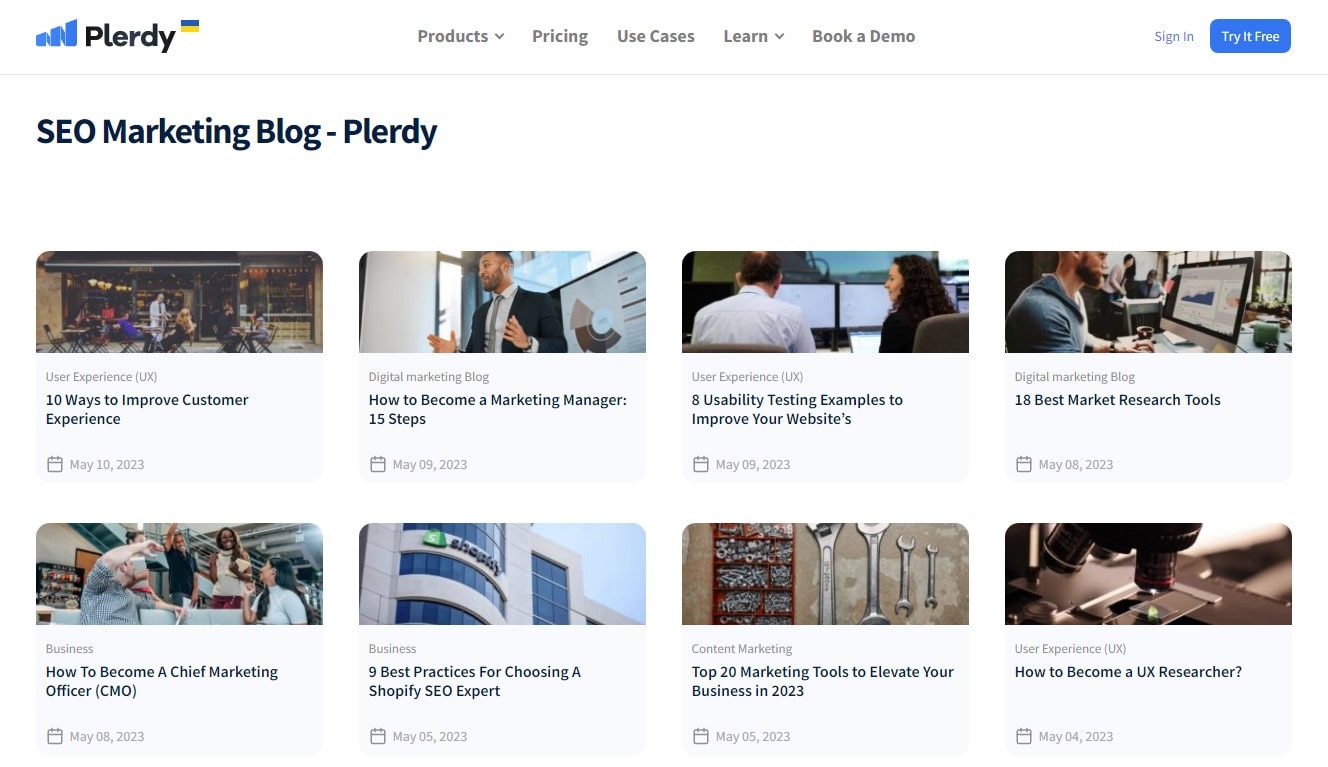
Content Optimization forms the backbone of a successful website optimization strategy. By refining your website’s content to better cater to users and search engines, you amplify the resonance and reach of your digital message.
Picture a travel blogging website. Without optimized content, your travelogues may fall flat, failing to engage readers or show up in search engine results. With content optimization, your articles could come alive—drawing readers into your journey, sparking wanderlust, and establishing your website as a go-to resource for travel enthusiasts.
Crucial elements of content optimization include:
- Infusing relevant keywords without compromising readability
- Providing valuable, well-researched information
- Maintaining an engaging, consistent tone
- Creating eye-catching, shareable headlines
Now, imagine a website offering financial advice. Content optimization here would involve distilling complex financial concepts into easy-to-understand articles, using relevant keywords like “retirement planning” or “tax-saving strategies,” and providing actionable advice that empowers readers to take control of their finances.
For a food blogging website, content optimization might mean writing mouth-watering recipes that are easy to follow, with keywords like “vegan desserts” or “gluten-free bread” and high-quality images that make readers want to jump into their kitchen and start cooking.
Content optimization is a key player in the field of website optimization—it ensures your content isn’t just read but also remembered and shared. It’s about crafting high-quality content that caters to both search engine algorithms and human readers. Content optimization doesn’t just polish your words—it sharpens your message, hones your brand voice, and amplifies your digital presence. It’s not just about optimizing for search—it’s about optimizing for success. It’s not just about being found—it’s about being followed, shared, and celebrated. It’s about turning a simple visit to your website into a memorable, meaningful digital experience.
Image Optimization
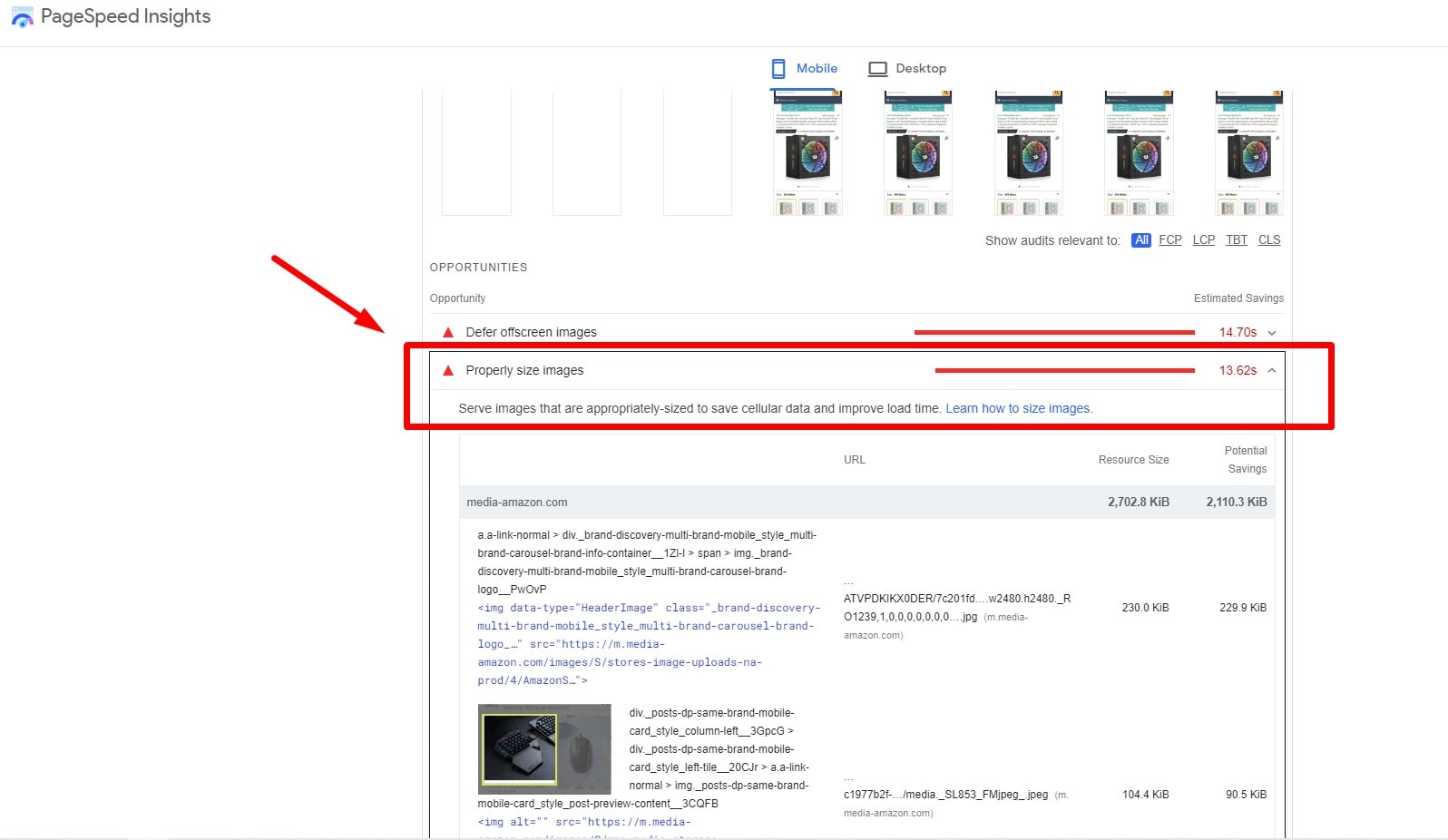
In the arena of website optimization, image optimization plays a pivotal role. By ensuring your website’s images load quickly, appear clear and contain relevant metadata, you enhance both user experience and search engine performance.
Consider a photography portfolio website. Without optimized images, the website could load slowly, frustrating users and discouraging potential clients. With image optimization, the website becomes a smooth-scrolling gallery, showcasing stunning photos that load quickly and captivate visitors.
Essential factors in image optimization include:
- Compressing images to minimize load times
- Choosing the correct image format (JPEG, PNG, etc.)
- Adding descriptive alt text for search engines
- Using high-quality, relevant images
In the field of e-commerce—say, a clothing brand—an optimized image could be the difference between a skipped product and a sale. Clear, fast-loading images that accurately depict products foster trust and encourage purchases.
For a recipe blog, image optimization is vital. Beautiful, quickly loading images can captivate readers, tempting them to try the recipe and return for more culinary inspiration.
Even in a B2B setting like a software-as-a-service (SaaS) company, image optimization counts. Crisp, professional screenshots of the software in action, coupled with infographics that quickly communicate benefits, can impress potential clients and improve search engine rankings.
Image optimization is an unsung hero in website optimization—it ensures your visual content doesn’t just look good but also performs well. It’s about balancing aesthetics with agility, ensuring your images captivate users without slowing down their journey. Image optimization doesn’t just beautify your website—it optimizes your user’s visual journey, making each scroll, swipe, or click a satisfying experience. It’s not just about adding images—it’s about adding value. It’s about improving a website from a simple webpage into a stunning, smooth-scrolling showcase. It’s about letting your images do the talking and ensuring they speak volumes.
Conversion Rate Optimization (CRO)
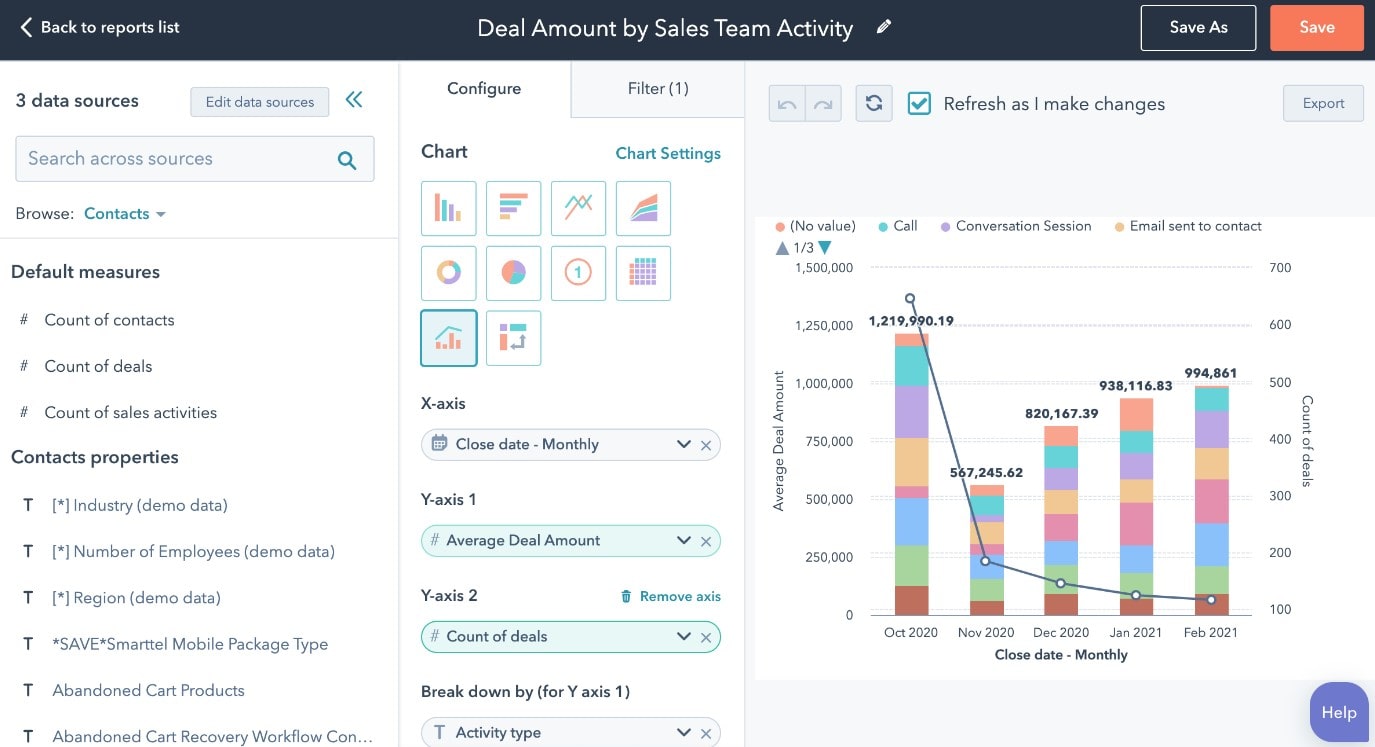
Conversion Rate Optimization (CRO) serves as a powerful tool in the website optimization toolkit. By fine-tuning your website to guide more users toward desired actions—be it subscribing to a newsletter or making a purchase—you’re maximizing the impact of your digital presence.
Let’s take an online bookstore as an example. A non-optimized website might see lots of traffic but fewer sales—browsers, not buyers. By implementing CRO, you could enhance the user journey, making it easier for visitors to find and buy their next favorite read.
Key aspects of CRO include:
- Streamlining navigation to facilitate user journeys
- Crafting compelling calls-to-action that prompt users to act
- Enhancing webpage loading speed to prevent user drop-off
- Conducting A/B testing to find the most effective page layout
Imagine a SaaS company. Their complex website could overwhelm potential clients, leading to drop-offs. With CRO tools like Plerdy, they could transform their website into a well-marked journey—guiding visitors from landing page to purchase.
In an e-commerce setting—consider a boutique furniture shop—CRO could make the difference between an abandoned cart and a sale. By simplifying checkout, offering enticing upsells, and making it easy to find products, they can turn more visitors into customers.
CRO, therefore, isn’t a quick fix—it’s an ongoing commitment to improving your website for the user. It’s about seeing through the eyes of your users, identifying potential roadblocks, and then eliminating them. It’s about guiding your visitors along a seamless journey—from the moment they land on your website to the moment they complete a desired action. It’s about transforming your website from a digital storefront into a high-performing sales engine. It’s not just about getting traffic—it’s about getting results. In the realm of website optimization, CRO is the driver that takes you from engagement to conversion. It’s the bridge between user experience and business success.
Speed Optimization
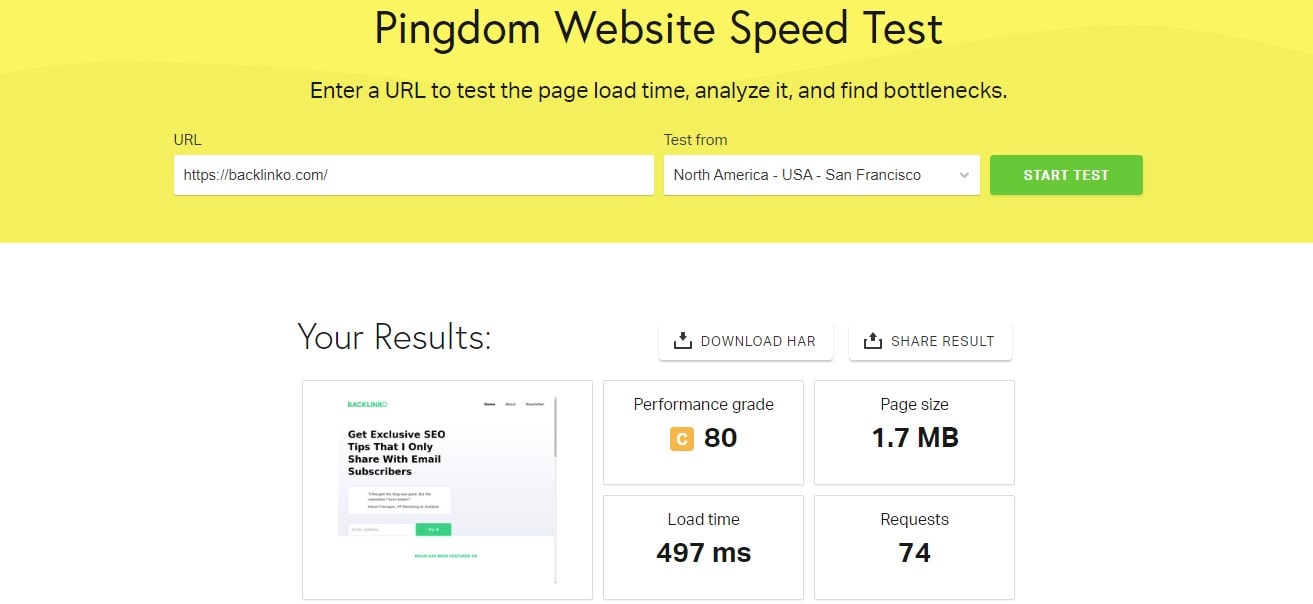
Every second counts when it comes to website optimization, literally. Speed optimization revolves around enhancing a website’s performance to load pages at lightning-fast speeds. In the fast-paced digital landscape era, users don’t have the patience to wait around for sluggish pages to load.
Take, for instance, an online magazine website. If an article takes too long to load, potential readers might navigate away, missing out on great content. Through speed optimization, this magazine can make sure its journalism is read by as many users as possible.
Factors that contribute to speed optimization include:
- Optimizing images for quick loading while maintaining quality
- Implementing lazy loading to render images only when needed
- Leveraging browser caching to store webpage resources on local machines
- Minifying code to eliminate unnecessary characters
Now imagine an online clothing retailer whose high-res product photos cause slow page loading. By implementing image optimization techniques—like resizing, compression, and appropriate file formats—they can offer their stylish offerings without compromise on speed.
A fast-loading website offers dual benefits—it not only elevates the user experience but also contributes positively to search engine ranking. The latter is important because search engines like Google have started considering page load speed as a ranking factor. So, a well-optimized website in terms of speed is like killing two birds with one stone—it enhances the user experience and may boost your search engine rankings.
Let’s consider a blogging platform as another example. Users post and read long-form content daily. If the page takes less time to load, readers may lose interest and navigate away, cutting into the blogger’s potential ad revenue. Speed optimization ensures that users stick around, boosting page views and, subsequently, revenue.
In the grand scheme of website optimization, speed optimization is a critical component—it’s the difference between a user staying on your site and bouncing away. By focusing on speed, you’re focusing on user satisfaction, retention, and potentially even boosting your search engine rankings. A win-win-win situation!
Security Optimization
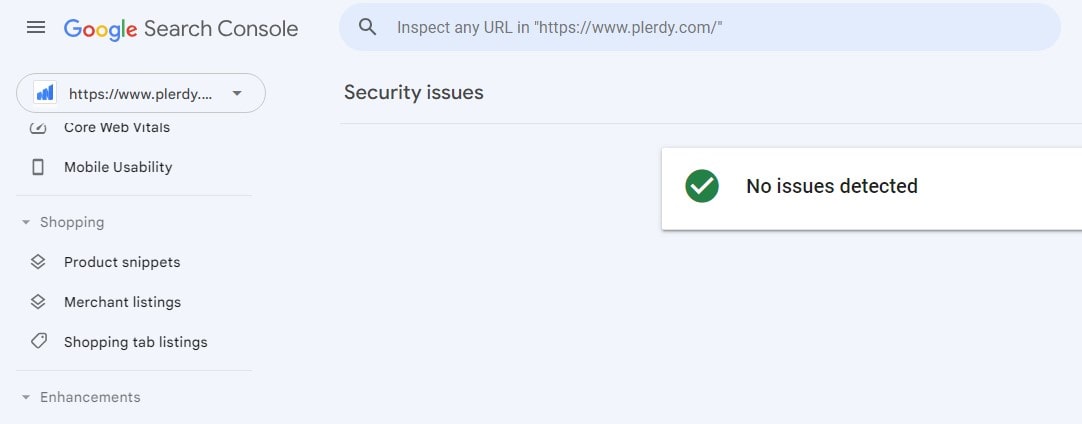
The pillars of a well-rounded website are many, but one that towers high is security optimization. A castle of content, user experience, and conversion is only as strong as its fortifications against digital onslaughts. When data breaches and cyberattacks have the power to crumble reputations, the gravity of securing a website becomes clear.
Picture an e-commerce website handling sensitive customer data, like credit card information and addresses. A small security lapse can lead to a major disaster, impacting both users and the brand’s credibility. Security optimization steps in to tackle this head-on by fortifying the website’s defenses, ensuring safety for users and trust in the brand.
Key steps for robust security optimization include:
- Implementing HTTPS through SSL certificates for secure data transmission
- Regularly updating the website platform and plugins to seal potential security gaps
- Employing strong password policies and two-factor authentication to secure user accounts
- Incorporating website firewalls to guard against potential threats
Take, for example, an online healthcare portal providing consultation services. Patient records, medical histories, and payment details are all at risk if the site’s security is compromised. By optimizing security, the portal ensures the confidentiality and trust of its users.
The benefits of security optimization go beyond safeguarding data. Search engines like Google prioritize secure websites, meaning security optimization can also contribute to SEO rankings. A tech blog, for instance, dealing with frequent user interactions, could strengthen user trust and boost its SEO rankings with enhanced security measures.
Finally, consider an online learning platform where students submit assignments and participate in discussions. A secure website keeps these academic interactions safe and promotes an environment of trust.
In essence, security optimization builds an impenetrable fortress around your website, shielding the valuable user data within while enhancing your reputation. It’s not just an essential part of website optimization—it’s a fundamental business practice in the digital era. So, tighten up your website’s defenses and let users enjoy your content without a worry in the world.
Analytics and Data Optimization
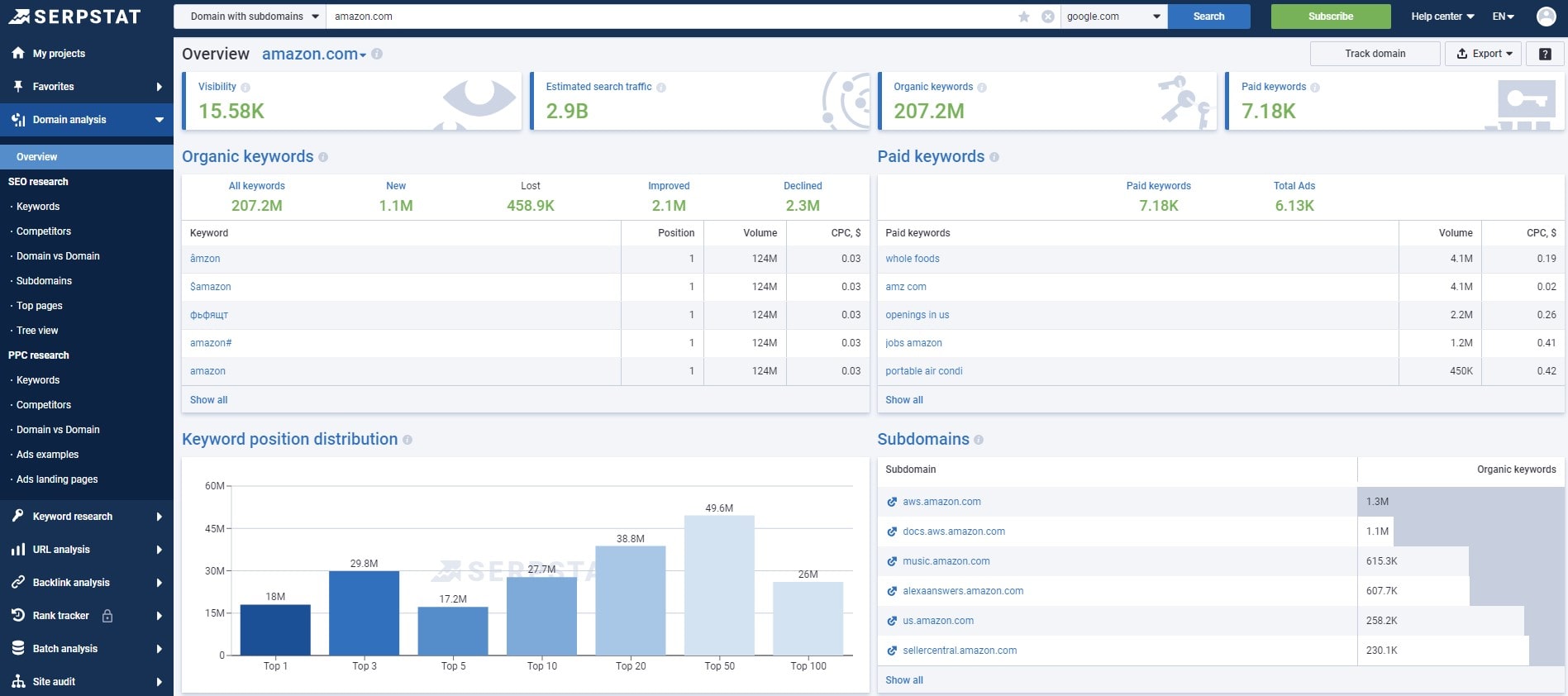
Analytics and data optimization can be likened to a lighthouse in the vast ocean of website management—guiding the path, preventing shipwreck, and steering towards successful shores. Navigating through data might seem daunting, but when skillfully managed, it offers powerful insights that illuminate user behavior, engagement metrics, and content effectiveness.
Imagine a website selling organic skincare products. By utilizing analytics, they uncover that the majority of their users are vegan. To tap into this niche, they optimize content to highlight vegan-friendly ingredients in their products, successfully boosting user engagement and increasing sales.
In the process of data optimization, a few steps emerge as essential:
- Collecting relevant data using advanced tracking tools
- Analyzing data to comprehend user behavior and website performance
- Implementing changes based on insights garnered from data analysis
- Measuring the impact of those changes on website performance and user engagement
Let’s consider an e-learning platform. By analyzing user data with Plerdy tools, they discover that most users abandon a course midway. They optimize by introducing shorter modules, interactive quizzes, and progress bars. This results in increased user engagement and course completion rates.
Even a simple blog can reap benefits from analytics. Suppose it reveals that users frequently exit the website from a particular page. The blog can then optimize that page’s content, making it more engaging or breaking down complex information into simpler, digestible chunks.
On the other hand, an online clothing store might find that a specific product page drives significant traffic but doesn’t convert into sales. Perhaps the product images don’t load fast enough, or the user interface isn’t intuitive. By focusing on website optimization based on these insights, they can streamline the user experience and potentially increase conversion rates.
In essence, analytics and data optimization work as a compass, guiding you towards informed decisions about website optimization, content development, and user engagement strategies. By employing these, you’ll be able to better understand your users, adapt to their needs, and, ultimately, pilot your website towards uncharted territories of success.
Bottom Line
As we bring our discussion on website optimization to a close, you’ve absorbed the critical strategies to boost your online presence and make your website more efficient. From heatmap analytics to conversion funnels, it’s clear that optimization opens up myriad opportunities for improvement. Plerdy SEO & UX tools offer an ideal hub to carry out these changes.
Take heed from e-commerce sites, SaaS platforms, or blog websites. All have benefited significantly from Plerdy’s optimization suite. These include accessibility improvements, server optimizations, and reducing unnecessary redirects—all contributing to a smoother, faster, and more user-friendly experience.
Remember, every cookie crumb of your website matters – and that’s where Plerdy’s tools truly shine. They help dissect your site, revealing the tasty bits and the stale chunks needing a fresh bake.
Whether you’re a solo entrepreneur or part of a larger team, website optimization is essential for a robust online presence. It’s not a one-time hustle but a continuous process, a journey rather than a destination. Stay updated, experiment, and learn from your statistics. That’s the path to website optimization success. Now, it’s time to fire up Plerdy, dive in, and let the optimization journey begin!
